DMTH137 Discrete Mathematics I Assignment 1 Solution S1 2019
VerifiedAdded on 2022/12/18
|7
|1048
|77
Homework Assignment
AI Summary
This document provides a detailed solution to Assignment 1 for DMTH137 Discrete Mathematics I at Macquarie University, covering various topics within discrete mathematics. The solution begins with truth tables for logical connectives, including NOT OR (↓), and demonstrates how negation and AND can be expressed using only ↓. It then addresses problems involving quantified statements about computer networks and storage capacity. The assignment continues with proofs and truth tables for quantified statements. The document also explores set theory, including set operations and Venn diagrams. Furthermore, the solution delves into graph theory, covering concepts such as vertex degrees, graph equivalence, and the identification of paths, including Eulerian and Hamiltonian paths. Finally, the solution analyses the correctness of an inductive proof and identifies the flawed step.
1 out of 7
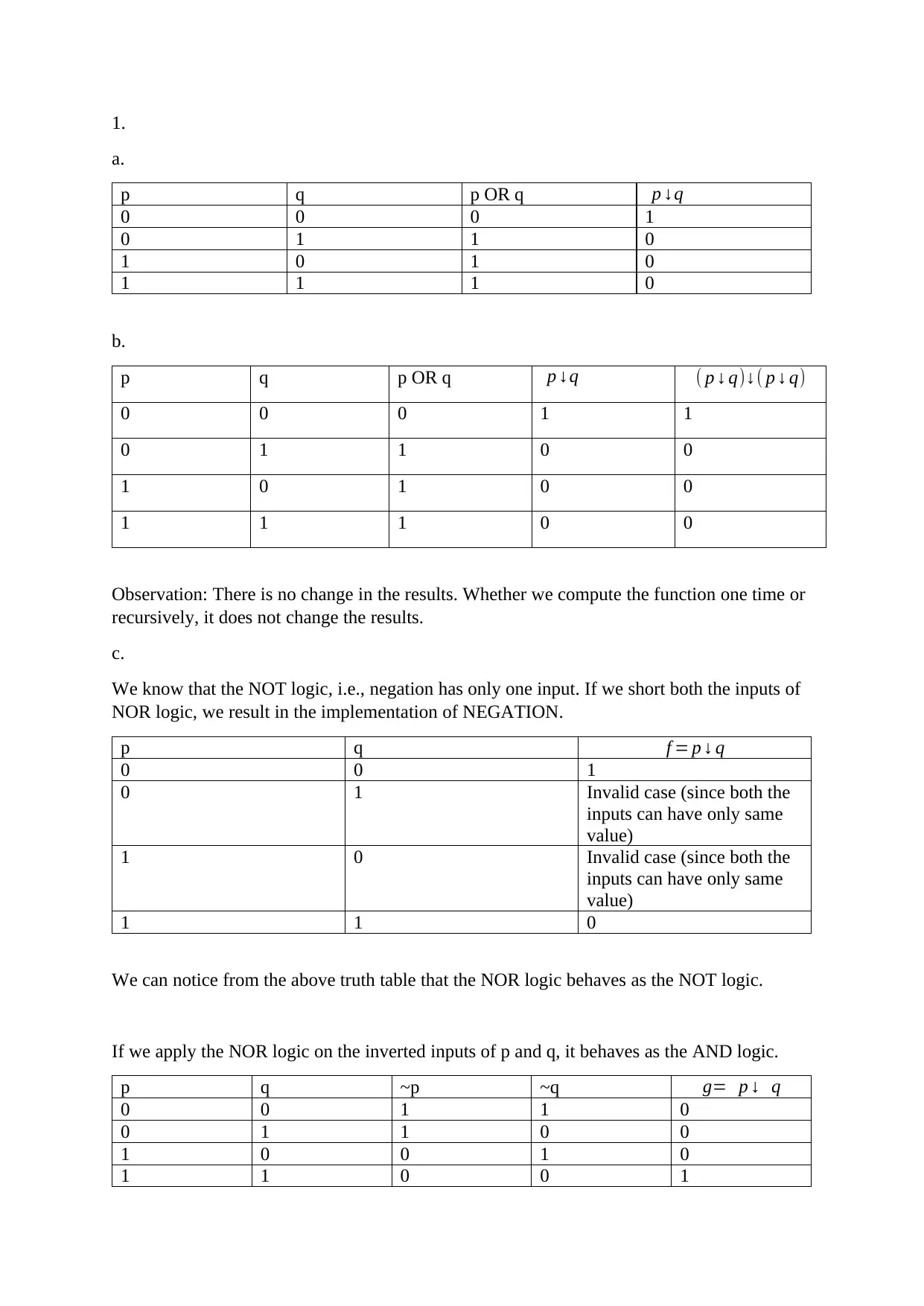
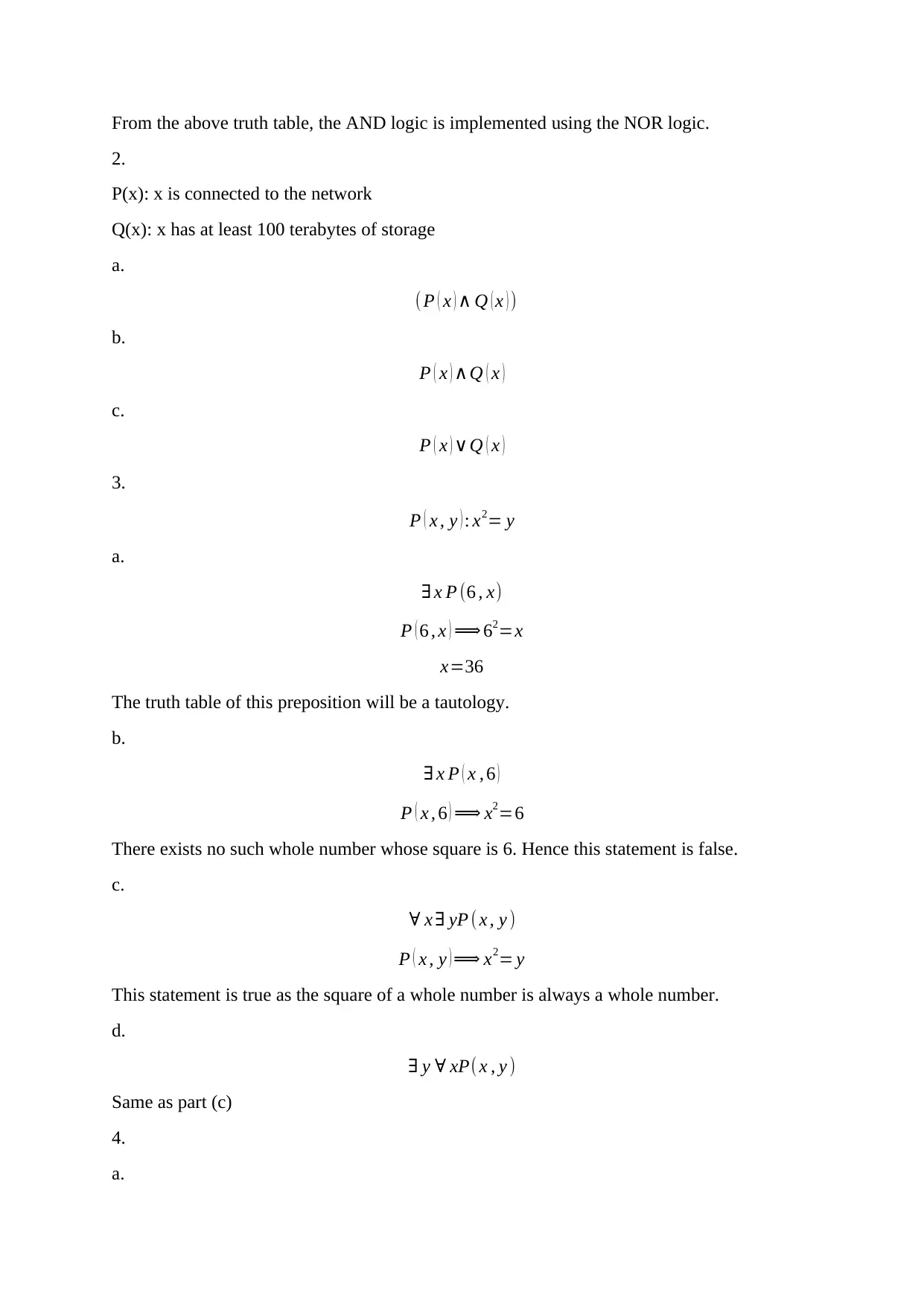
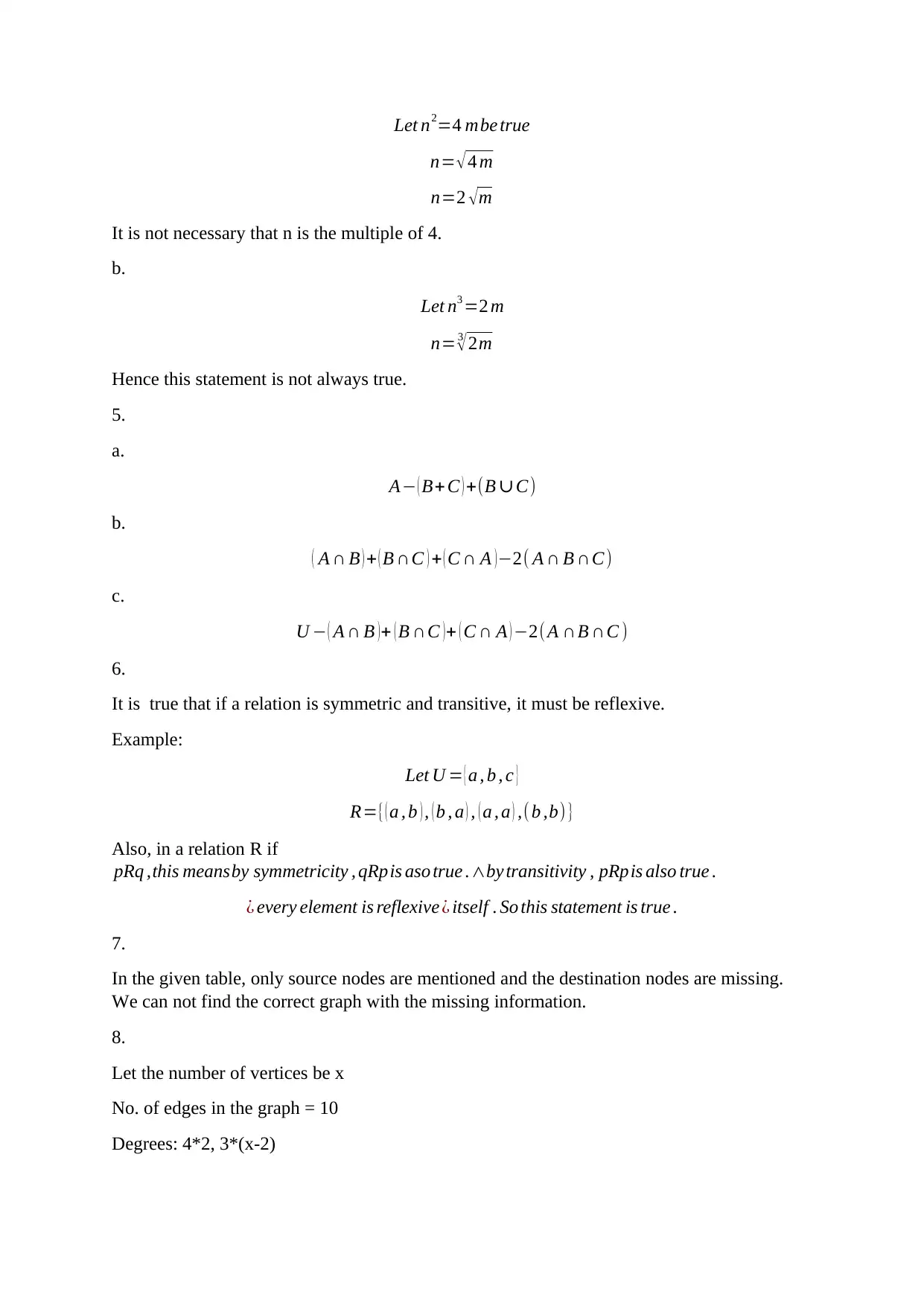

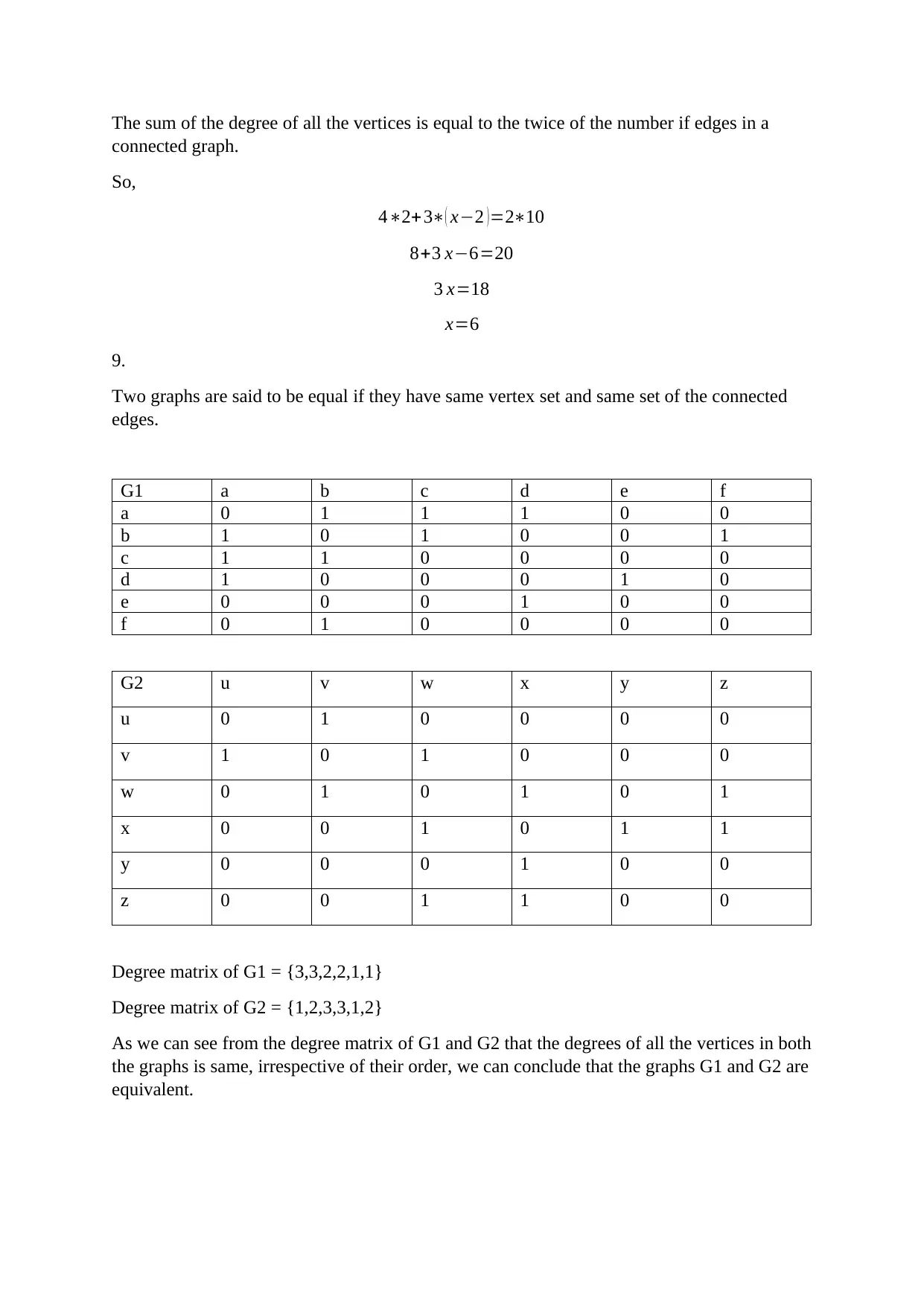
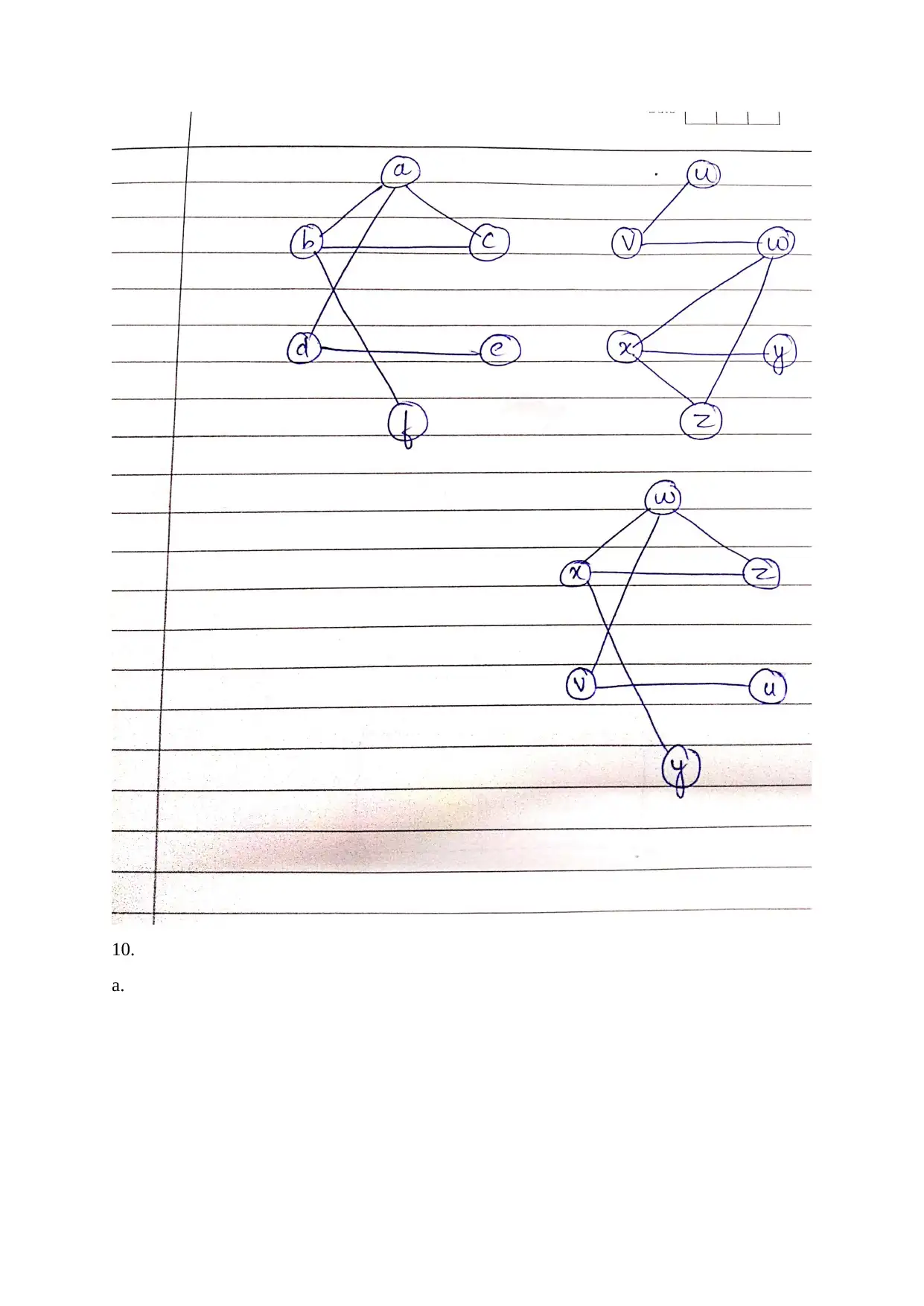
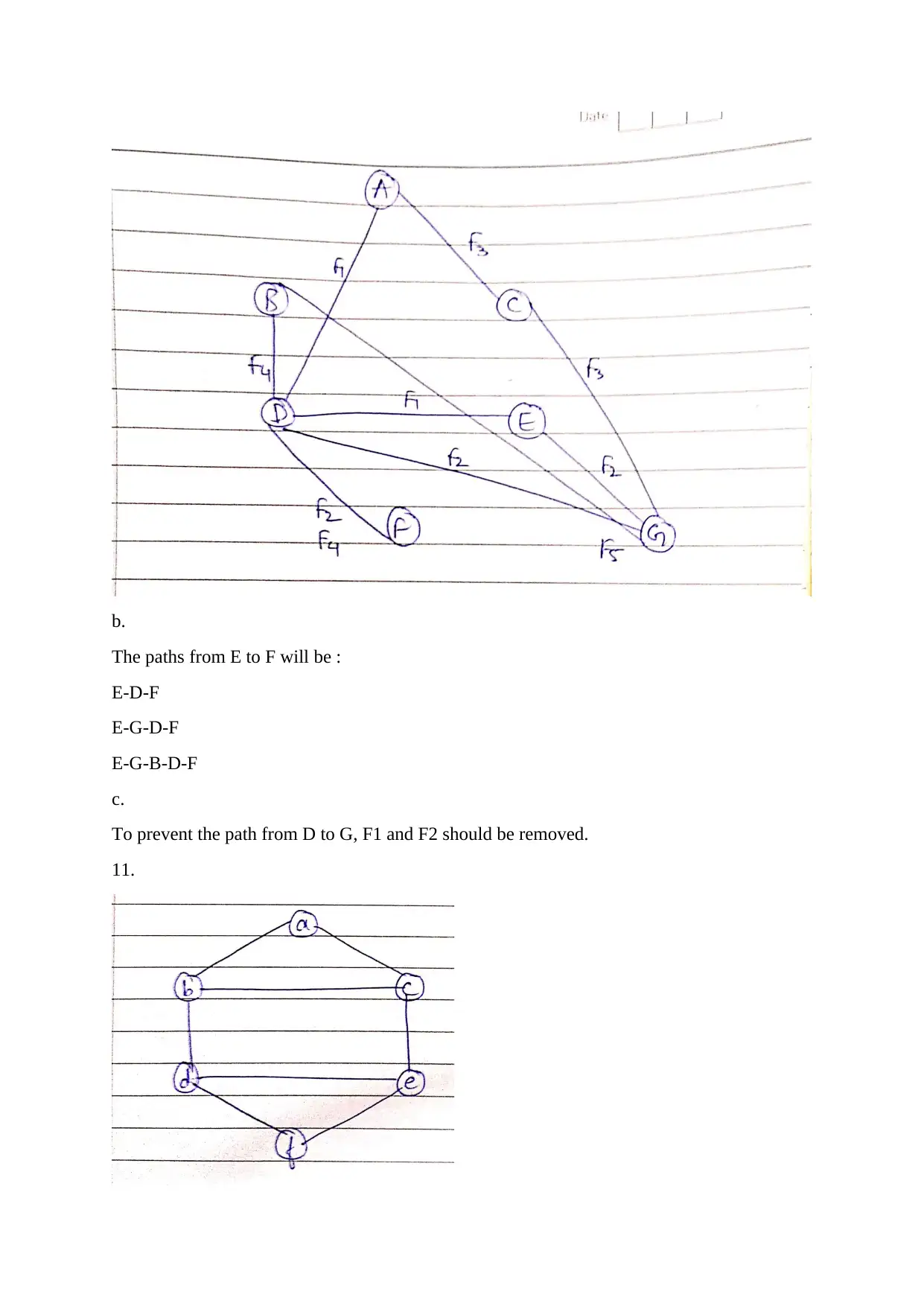







![[object Object]](/_next/static/media/star-bottom.7253800d.svg)